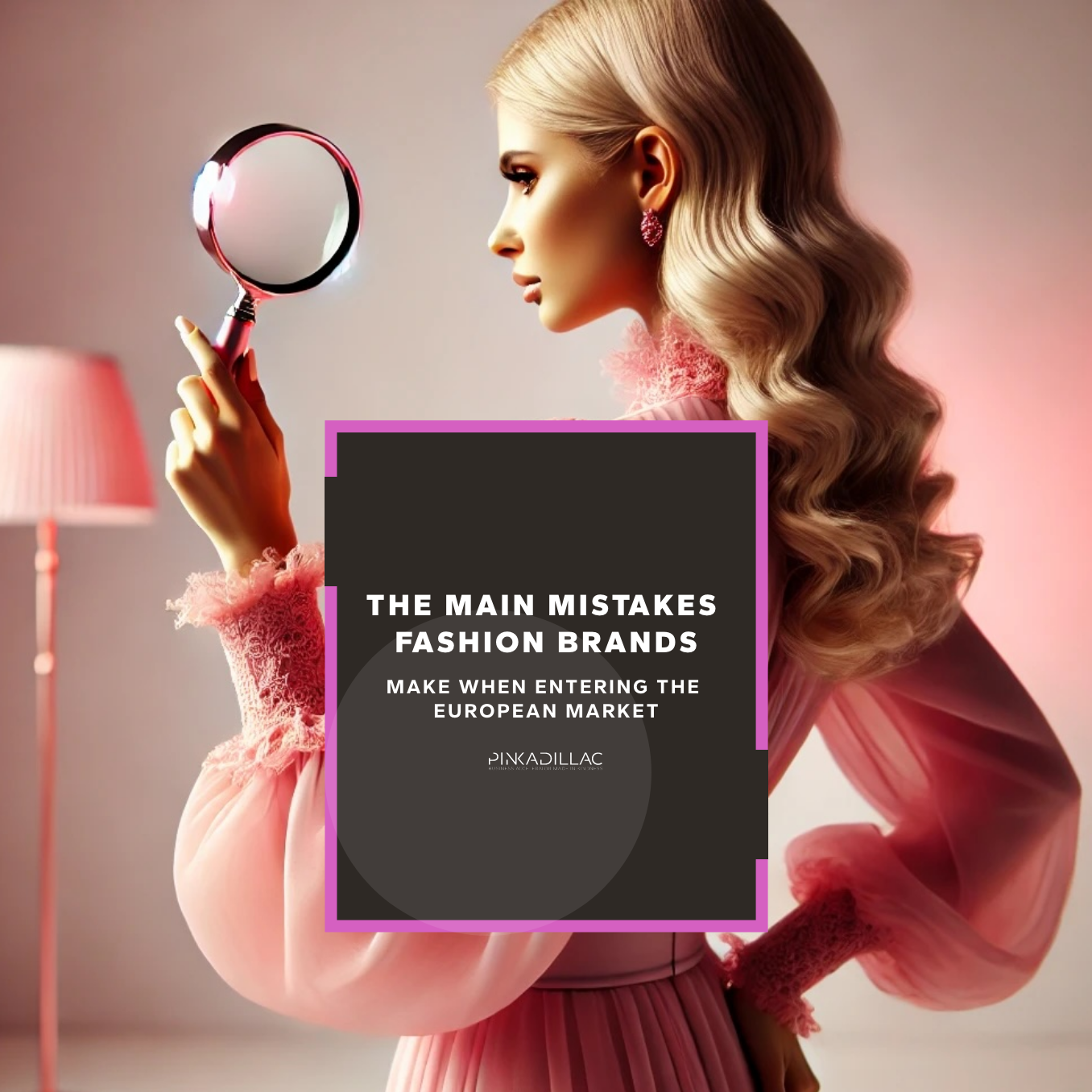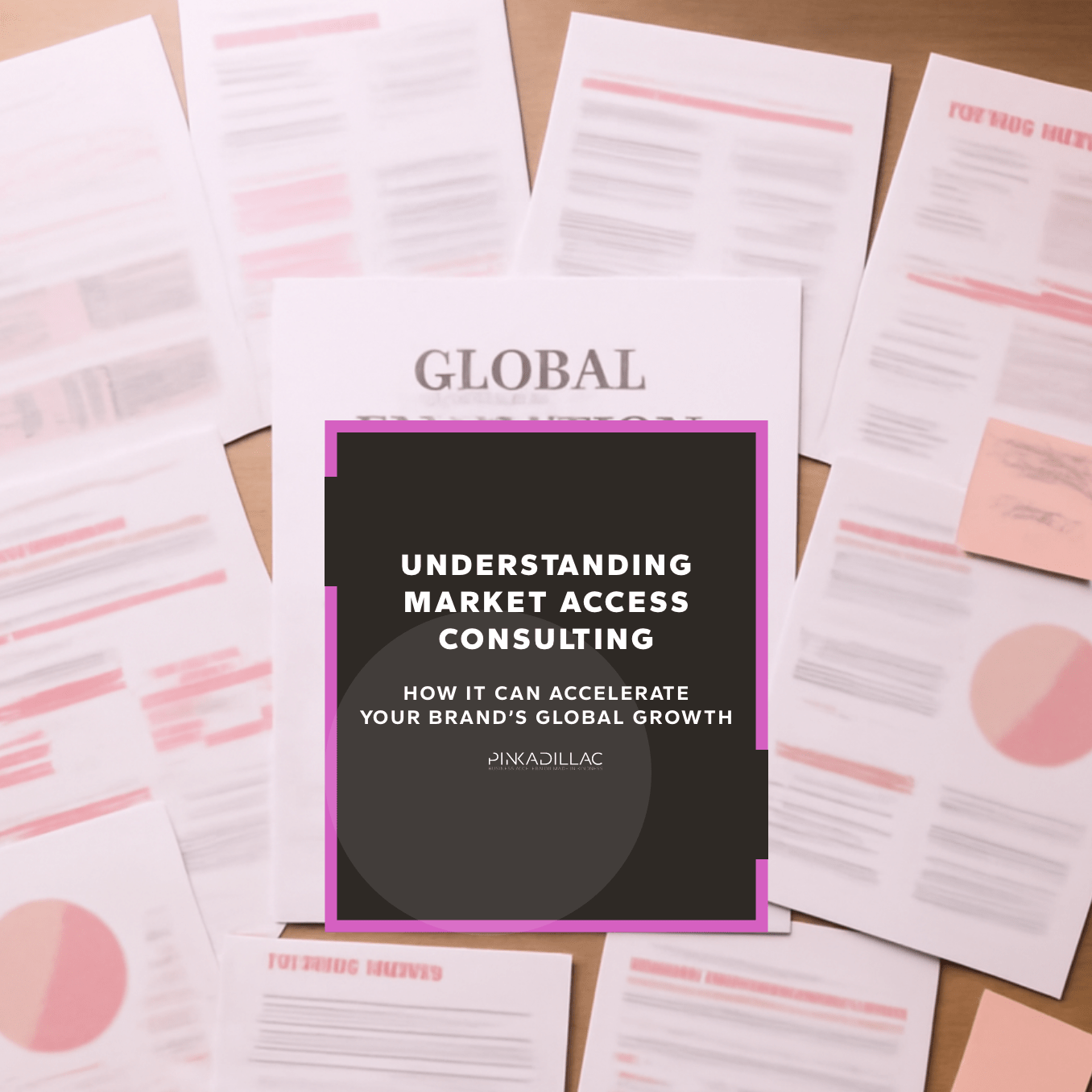
The main mistakes fashion brands make when entering the European market
- ●Why Europe is a key destination for fashion brands
- ●The most common mistakes fashion brands make
- ●Mistake 1: Not thoroughly researching the market
- ●Mistake 2: Not adapting marketing and branding strategies
- ●Mistake 3: Underestimating legal and regulatory requirements
- ●Mistake 4: Neglecting logistics and operations
- ●Mistake 5: Not connecting with the local audience
- ●Learning from mistakes to succeed in Europe
This includes a key segment like eyewear, where European brands have set standards for design, quality, and innovation.
However, successfully entering the European market requires detailed planning and avoiding common mistakes that can jeopardize any brand’s expansion.
Why Europe is a key destination for fashion brands
The European market is a global benchmark for fashion thanks to its sophisticated consumers and cultural diversity. From luxury in Paris to accessible fashion in Scandinavia, Europe offers opportunities for all kinds of brands, including those specializing in eyewear.
In the eyewear sector, Europe excels in both design and functionality, combining craftsmanship with advanced technology. For American brands, entering this market offers the opportunity to gain exposure and connect with a consumer base that highly values innovative design and product durability.
Despite its appeal, Europe is a very complex market. Brands that fail to conduct proper research or adapt their strategies to local particularities face costly mistakes that can limit their success.
The most common mistakes fashion brands make
Mistake 1: Not thoroughly researching the market
Each European country has its own specificities. While the French tend to prefer elegant, timeless designs, Scandinavians value sustainability and minimalism. Ignoring these differences can result in products that fail to resonate with the local audience.
Europe is not a homogeneous market. A one-size-fits-all approach can be ineffective due to cultural, economic, and social differences between countries like Spain, Germany, and Italy. In eyewear, adapting to local preferences in design and functionality is essential to gain traction in each region.
Many brands assume that what works in the U.S. will translate directly to the European market. However, consumer preferences, regulations, and cultural nuances vary significantly. Seeking guidance from internationalization consulting experts ensures that brands develop a market entry strategy tailored to the complexities of European markets.
Mistake 2: Not adapting marketing and branding strategies
Marketing campaigns that work in North America do not always translate well to the European context. For instance, European consumers expect more personalized messaging that highlights the artisanal quality of products like eyewear. Ignoring this detail can result in campaigns that fail to connect with the audience.
Elements such as colors, images, or messaging can have different meanings depending on the country. For example, an eyewear design that works in the Italian market, with its emphasis on sophistication, may not attract the German market, which values functionality and technological innovation.
Failing to localize branding and marketing strategies can lead to misalignment with European consumers' expectations. Collaborating with strategic international business consultants allows brands to refine their marketing approach, ensuring it resonates with diverse European audiences.
Mistake 3: Underestimating legal and regulatory requirements
Europe has strict regulations regarding sustainability and product labeling. In the eyewear sector, this includes standards for recycled materials and manufacturing transparency. Failing to comply with these regulations can lead to penalties and reputational damage.
European countries also have different laws regarding labor contracts, imports, and tariffs. This applies to both fashion and eyewear brands. Failing to understand these rules can cause operational delays and legal issues.
Mistake 4: Neglecting logistics and operations
An efficient supply chain is crucial for product delivery. This is especially important in the eyewear sector, where expectations for quality and delivery times are high. Partnering with suppliers who do not understand the complexities of the European market can result in delays and additional costs.
The lack of regional warehouses or efficient transportation routes can increase costs and impact the customer experience, both in fashion and accessories like eyewear.
Expanding to Europe requires an optimized distribution network, understanding of trade regulations, and a structured approach to retail partnerships. A well-structured overseas expansion strategy enables brands to navigate trade complexities and optimize their distribution channels effectively.
Mistake 5: Not connecting with the local audience
European consumers value authenticity and tend to trust brands that collaborate with local figures. In the eyewear sector, partnering with European designers or local optical stores can significantly increase a brand's reach and acceptance.
Offering a generic experience can lead to disinterest among consumers. This includes everything from customization in eyewear design, such as exclusive collections for specific markets, to marketing campaigns tailored to local sensitivities.
Learning from mistakes to succeed in Europe
Expanding into the European market represents a unique opportunity for fashion brands. However, avoiding common mistakes like a lack of research, poorly adapted strategies, or logistical oversights is essential for success. With strategic planning, local partnerships, and a culturally sensitive approach, brands can establish themselves and thrive in this demanding yet rewarding market.
Need a partner to help expand your brand into new fashion markets? Contact us, and let’s start working together.



